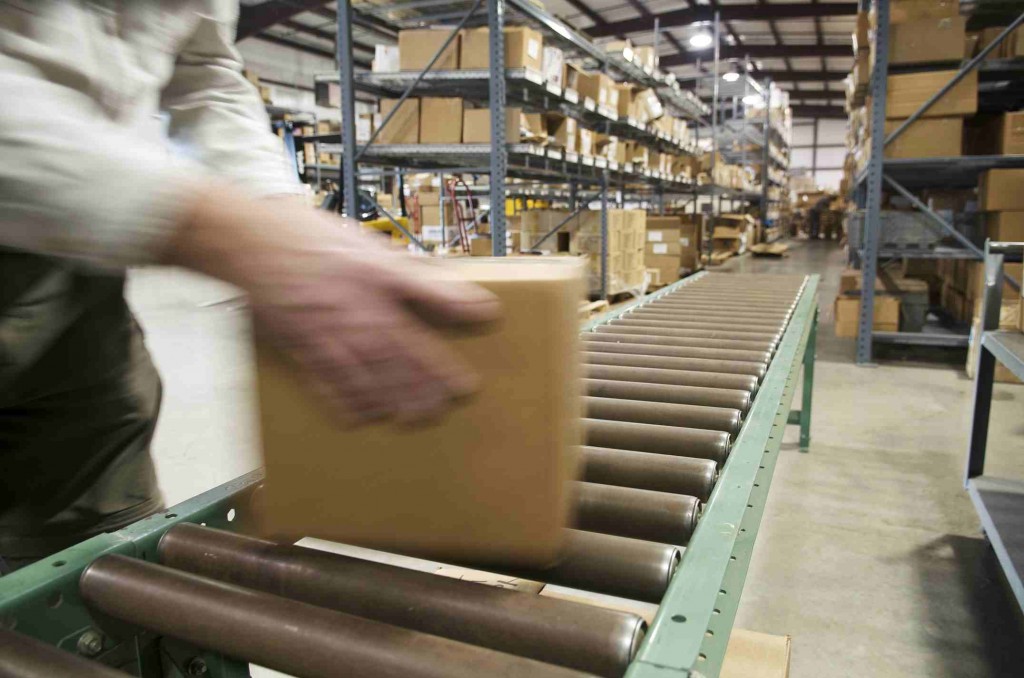
As an SME, your supply chain plays a vital role in your business’ overall efficiency and performance. It has a major impact on everything from keeping your shelves and warehouses stocked to making deliveries to your customers. When a substandard supply chain is allowed to form it can have a highly detrimental impact on your customer service record. It may mean that the items that clients want to purchase aren’t on the shelves when they should be, that vital business functions cannot be carried out on time because of a lack of equipment, and that customers receive their deliveries late or not at all.
However, optimising your supply chain need not be a complicated task. Most businesses already have a stable framework in place, and simply need to improve their efficiency. In addition, now businesses can also employ digital tools and software to better manage their inventories, logistics, and transportation when it comes to modifying the supply chain operating method. Greenstone or similar other business can be explored to get supply chain management aids to monitor and track compliance, performance, and business risks. So, if you’re ready to overhaul your existing structure and bring in the necessary change in operations, here’s how to do it…
Step One: Choose a Reliable Haulage and Distribution Company
At the heart of your supply chain are your drivers and vehicles. They act as the lifeblood of the whole system, so it’s important to make sure that their services are up to scratch. It’s usually a good idea to outsource to companies like Howard Tenens Logistics, as they already have a reliable network and efficient system in place, and have the scope to carry out operations well beyond the remit of your SME. Reliable, professional, and reputable, established companies such as these will give you access to resources well beyond the individual budget of your enterprise.
Step Two: Upgrade to a Supply Chain Platform
Your supply chain does not only revolve around transportation from A to B, however. Ordering and buying are also important, yet many companies continue to rely on out-dated methods like spreadsheets to monitor stock levels and plan their purchasing. According to Jason Averill, the executive vice president at Avercast, this is a big mistake. These methods are slow and unreliable, and they don’t maximise the available technology. Instead, he advises that SME owners should “move up to an affordable supply chain platform”, which will utilise software from somewhere like CBX to create a running tally of stock levels, and alert staff members to the items that need reordering.
Step Three: Implement Tracking and Mobile Technologies
As we stated above, the efficiency of your supply chain can have a major impact on how customers perceive your service. An ineffective supply chain will lead to out of stock items and late deliveries, and this does very bad things for a company’s reputation. One of the best ways to stay in your clients’ good books, then, is to keep them up to date and involve them. Tracking and mobile technologies are the perfect way to do this. Invest in software that allows them to change key details on the day of delivery, see where their parcels are, and when they’ll be delivered, and customer satisfaction is likely to improve tenfold.


